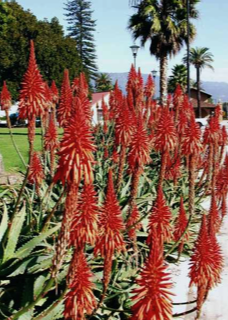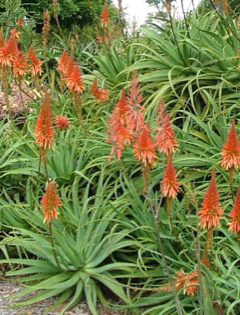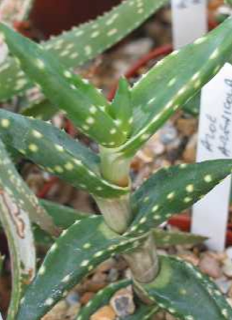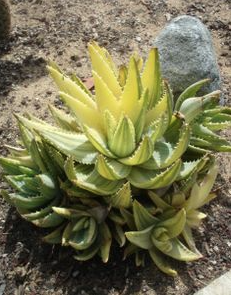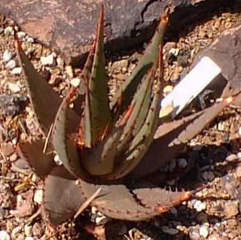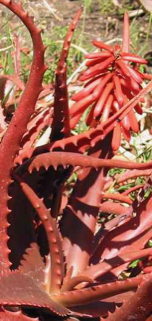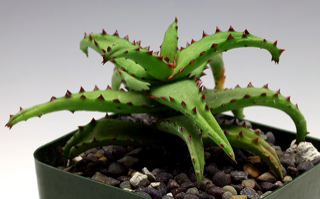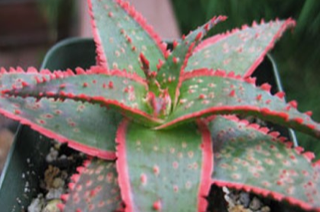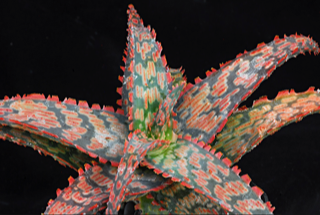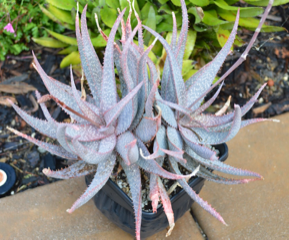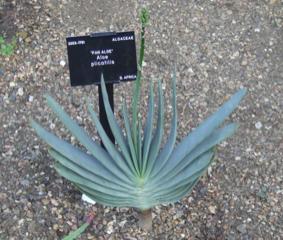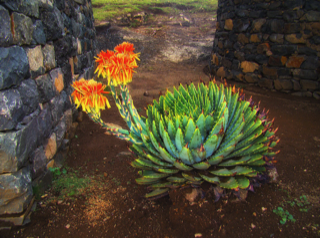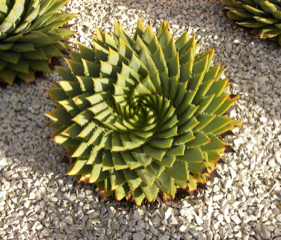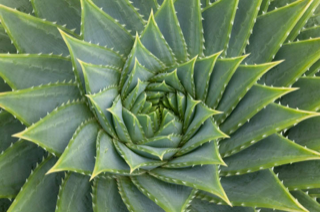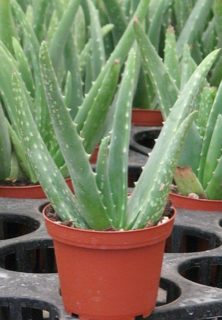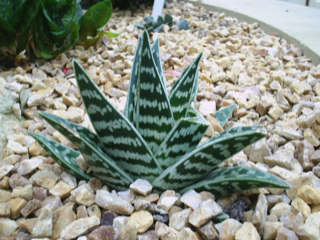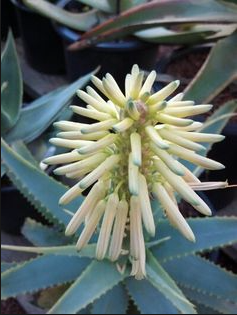Submitted by: Jim Tanner
Aloe, is a genus containing about four hundred species of flowering succulent plants. The most common and well known of these is Aloe vera, or “true aloe”.
The genus is native to Africa, and is common in South Africa’s Cape Province, the mountains of tropical Africa, and neighboring areas such as Madagascar, the Arabian peninsula, and the islands off Africa.
The APG II system (Angiosperm Phylogeny Group II system)(2003) placed the genus in the family Asphodelaceae. In the past it has also been assigned to families Aloaceae and Liliaceae or lilly family. Members of the closely allied genera Gasteria, Haworthia and Kniphofia, which have a similar mode of growth, are also popularly known as aloes.
Most Aloe species have a rosette of large, thick, fleshy leaves. The leaves are often lance-shaped with a sharp apex and a spiny margin. Aloe flowers are tubular, frequently yellow, pink or red and are borne on densely clustered, simple or branched leafless stems.
Many species of Aloe appear to be stemless, with the rosette growing directly at ground level; other varieties may have a branched or unbranched stem from which the fleshy leaves spring. They vary in color from grey to bright-green and are sometimes striped or mottled. Some Aloes native to South Africa are arborescent.
Aloe species are frequently cultivated as ornamental plants both in gardens and in pots. Many Aloe species are highly decorative and are valued by collectors of succulents.
